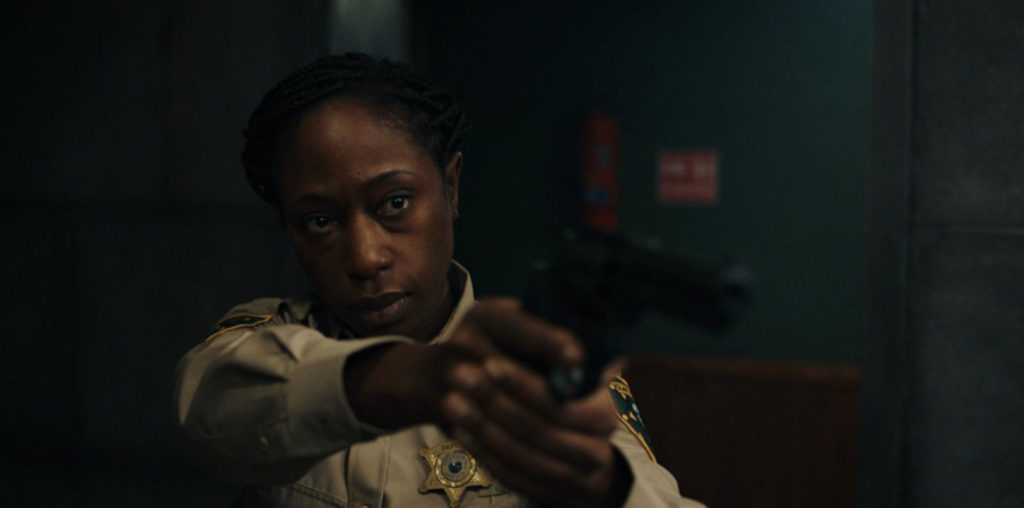
Thomas Vinterberg’s “Dear Wendy” is a film whose originality and form makes it difficult to criticize. The voice-over is obvious and heavy-handed, but that’s sort of the point. The events leading to the climax don’t make a moment of sense, but that’s sort of the point. The film is challenging and consistently interesting, but also trite and overbearing to the extent that it damages its message on gun violence.
Vinterberg made the film from a screenplay by fellow Dogme 95 cofounder Lars von Trier, who shows the same interest in Americana and small town values he’s currently showing in his “U.S. of A” trilogy. While the setting is modern, with ordinary cars and clothing, the small town has a much more traditional vibe. Only old-fashioned, mom-and-pop businesses populate the town, which consists of standard friendly faces, until the facade is interrupted.
Jamie Bell gives a solid performance as Dick, a young man who has lived in a small mining town all his life but refuses to work in the mine like his father. After buying a gun that he thinks is a toy as a birthday present for someone he doesn’t like, DIck decides not to give it to the boy out of fear that the boy would like his present. Dick is a pacifist, and discovers that his fellow store employee and pacifist, Stevie (Mark Webber), is an amateur gun expert. Soon they’re both practicing shooting, researching gun wounds and carrying them around as concealed weapons. This gives them more confidence and makes them feel just as manly as the miners. Soon, Dick rounds up a few other town losers and creates a club of pacifists with guns called the Dandies. Their old-fashioned guns are seen as partners of an almost sexual level, and Dick’s gun, Wendy, appears to make Dick a perfect shot without any practice. The characters are personal examinations of people and their seductive weapons, but also serve as allegorical representations of the Western powers that stockpile weapons to increase their stature while preaching peace. The film also seems to be making racial comparisons, as a black, non-pacifist character’s entrance to the gang marks the beginning of the upheaval.
While the love for guns is well illustrated, the idea that building fear increases violence only comes through because it’s expected. Even held on the logic of the film’s setting and tone, the events that unfold don’t add up to the end result. When a surprise interruption to a plan occurs, the police reaction is simply nonsense. The climax is fascinating in its unabashed discarding of reality and stylish shootings, but reveals a unanimous conclusion from all the main characters.
